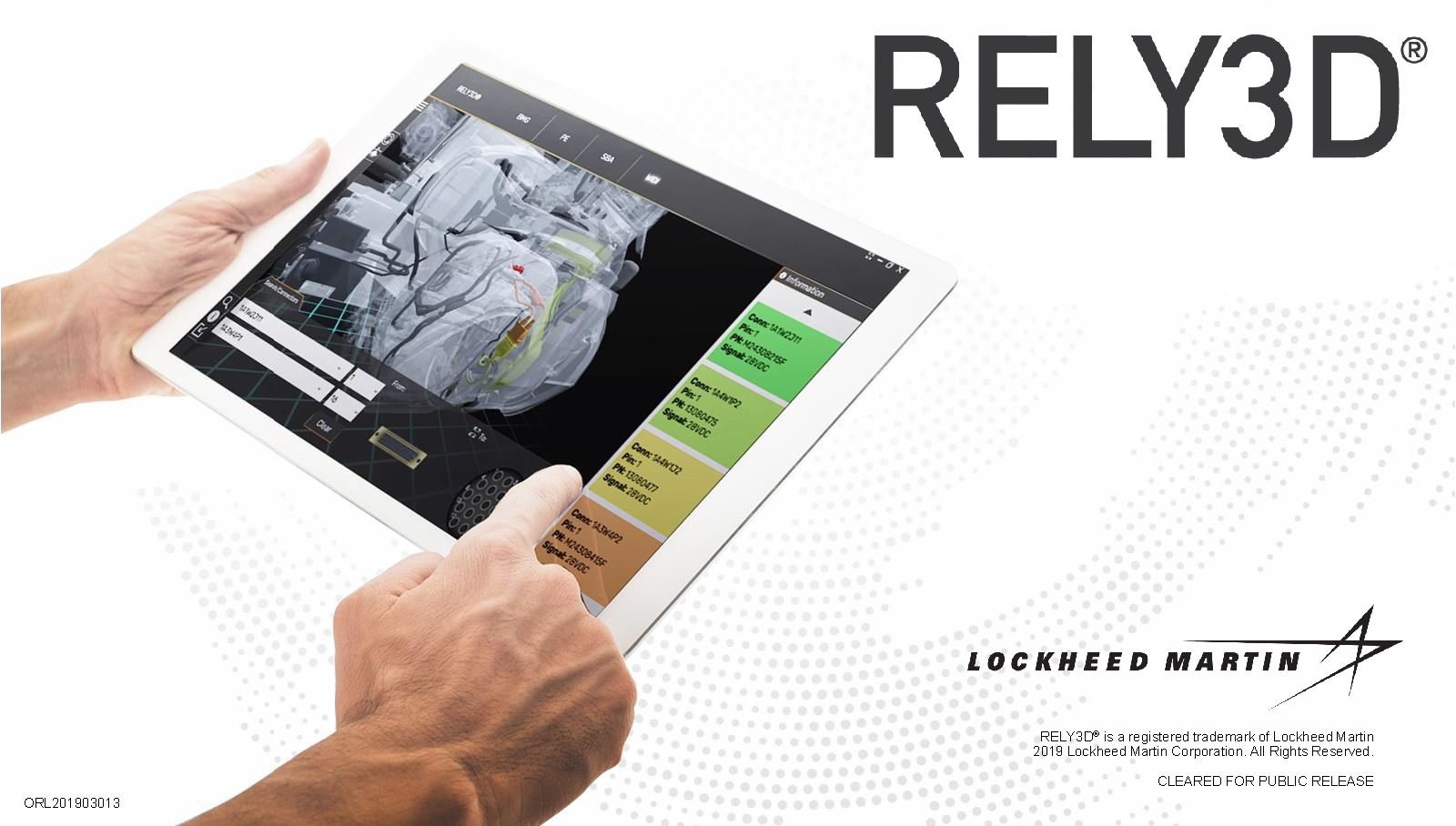
Enhancing RELY3D Software
Development and User Experience
Project Overview: I played a pivotal role in the development and enhancement of RELY3D, starting from its early stages with "pre-0.0.0.1" versions and continuing through subsequent releases. My contributions spanned across multiple facets, including workflow optimization, 3D asset creation, real-time game integration, and user experience (UX) design.
Software Development and 3D Asset Creation: My involvement began with the inception of the software, where I was responsible for devising streamlined workflow processes and researching innovative techniques and software tools. This initiative aimed to expedite development timelines and elevate the visual quality of the software. As part of this role, I undertook tasks such as 3D modeling, texturing, and animating both assemblies and individual parts. I also facilitated seamless integration into a real-time gaming environment, ensuring a cohesive and engaging user experience.
Collaboration and Accuracy: In the process of Agile software development, I collaborated closely with engineering drawings, source footage, engineers, and subject matter experts (SMEs) to uphold the accuracy of data, components, and procedural steps within the software. This collaborative and incremental delivery approach ensured that RELY3D was a reliable and comprehensive tool that aligned with real-world specifications.
User Experience Enhancement: On the user experience (UX) front, I took the lead in devising and implementing UX strategies. This involved conducting stakeholder and user group interviews to gain valuable insights into user needs and information architecture preferences. I translated these insights into tangible solutions through wireframing and persona development, fostering a user-centric design approach. I actively engaged with end users, advocating for their feedback and incorporating their suggestions into the software's evolution.
End User Engagement: A critical aspect of my role involved fostering direct engagement with end users. I proactively met with them to understand their ideas and requirements, facilitating open discussions that yielded valuable insights. Through these interactions, I translated their ideas into sketches, wireframes, user flows, and prototype design concepts, working diligently to incorporate their changes and ensure a more tailored and user-friendly experience.
Achievements:
- • Spearheaded the development of RELY3D software from its earliest stages, contributing to multiple versions and enhancements.
- • Optimized workflow processes and introduced innovative techniques to expedite development and elevate visual quality.
- • Collaborated closely with engineers, SMEs, and source materials to maintain data accuracy and alignment with realworld specifications.
- • Led UX processes, conducting interviews, creating wireframes, and developing personas to enhance user engagement and satisfaction.
- • Actively engaged with end users, soliciting and incorporating feedback to tailor the software to their preferences and needs.
Lockheed Martin’s RELY3D is an interactive suite of applications that supports Apache aircraft maintainers with M-TADS/PNVS virtual guides, 3-D animations, wiring diagrams and more. Transforming the world of maintenance, Lockheed Martin’s RELY3D tool offers interactive training and features that support the reduction of maintenance time on the Apache M-TADS/PNVS system. In one case study, training time was reduced by up to 60% with game-like tools over traditional training.
RELY3D combines four interactive modules in one tool and eliminates language barriers by providing Apache maintainers with a visual environment for M-TADS/PNVS maintenance-related downloads and updates.
Parts Explorer showcases interactive 3D representations of part data with descriptions:
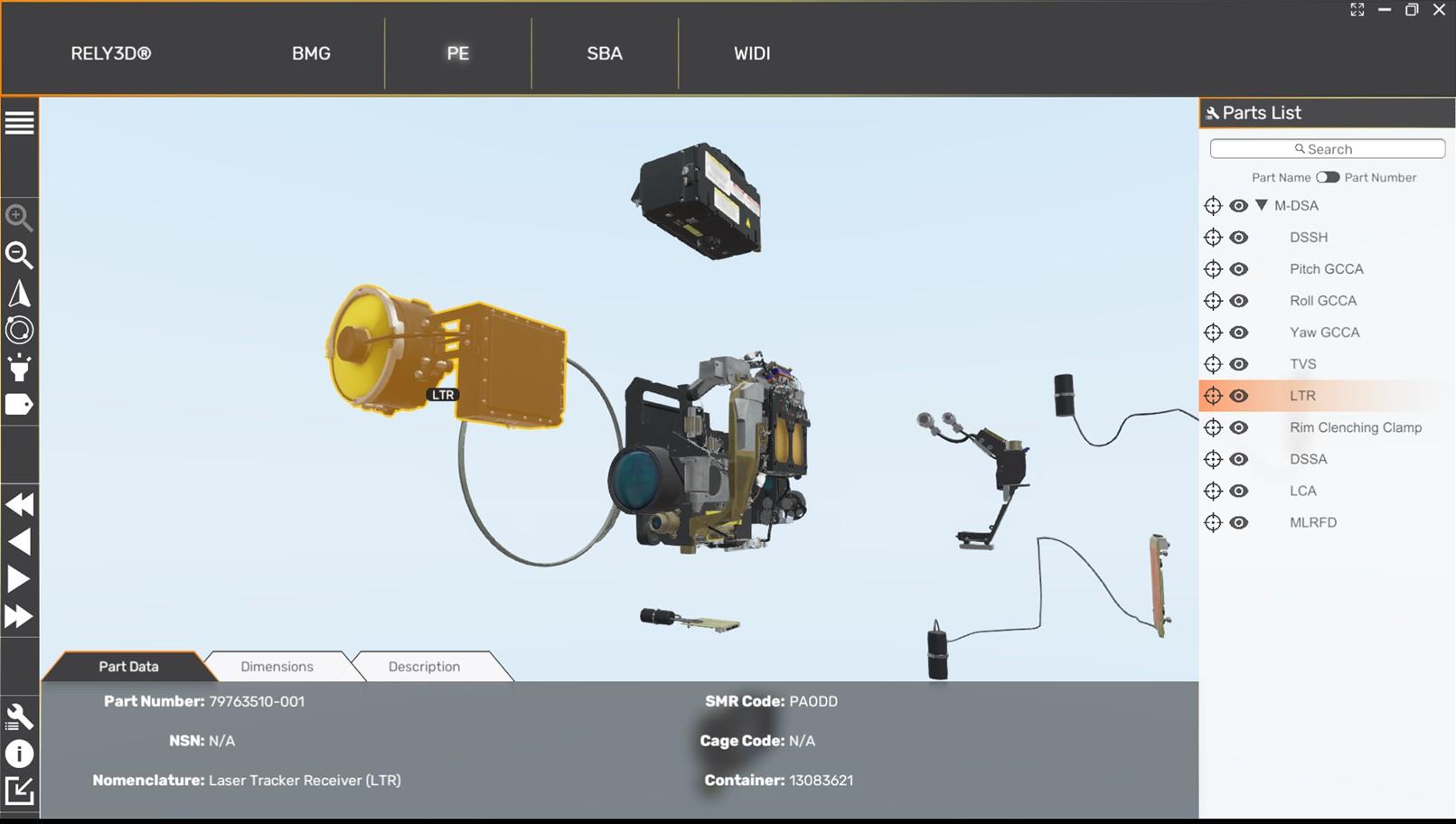 PIRA: ORL201903013
PIRA: ORL201903013
Removal and Installation Procedures (R&I) provides interactive 3D step based animations:
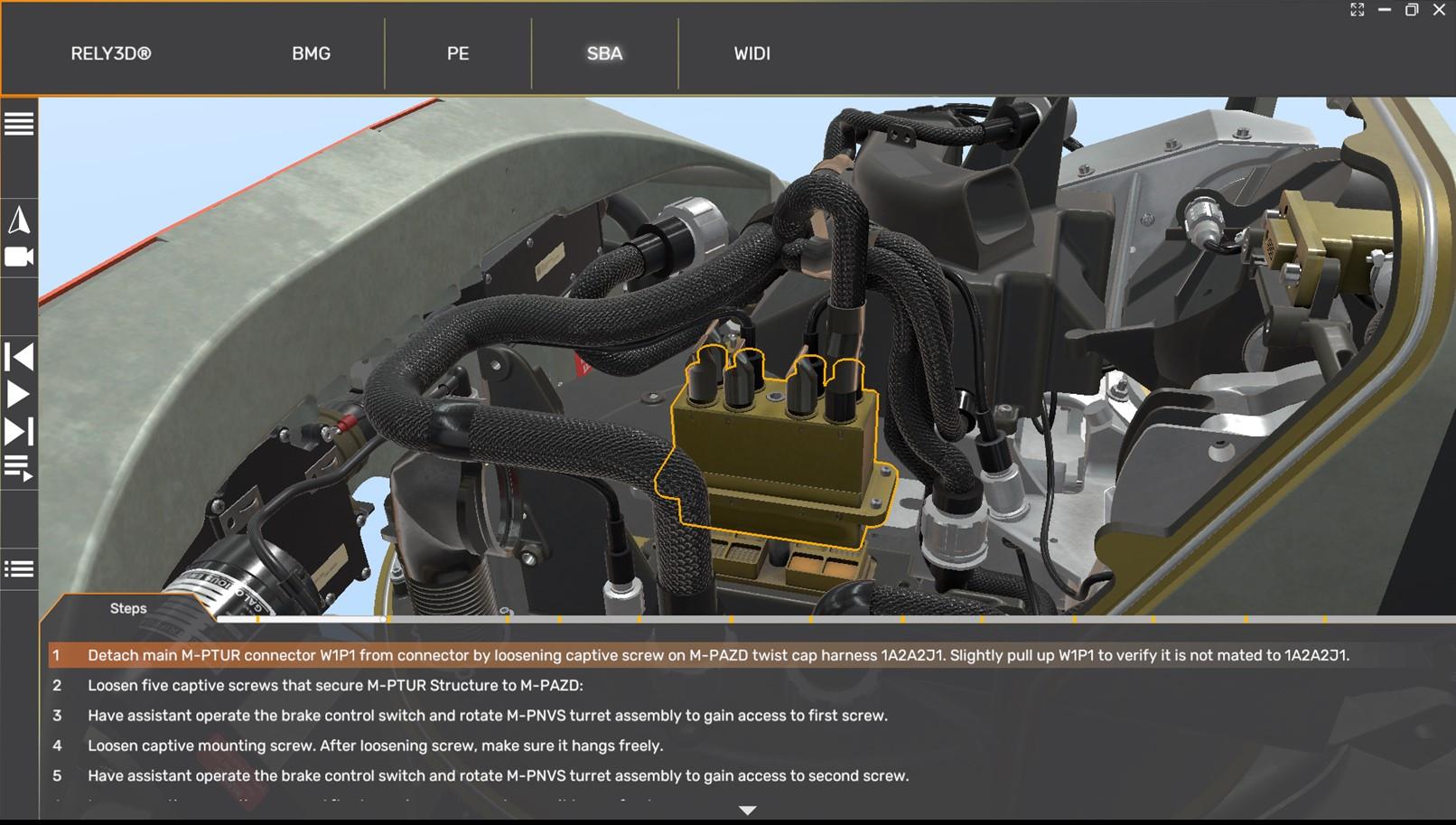 PIRA: ORL201903013
PIRA: ORL201903013
Wiring Diagram (WIDI) is an interactive 3D troubleshooting tool for wire connections:
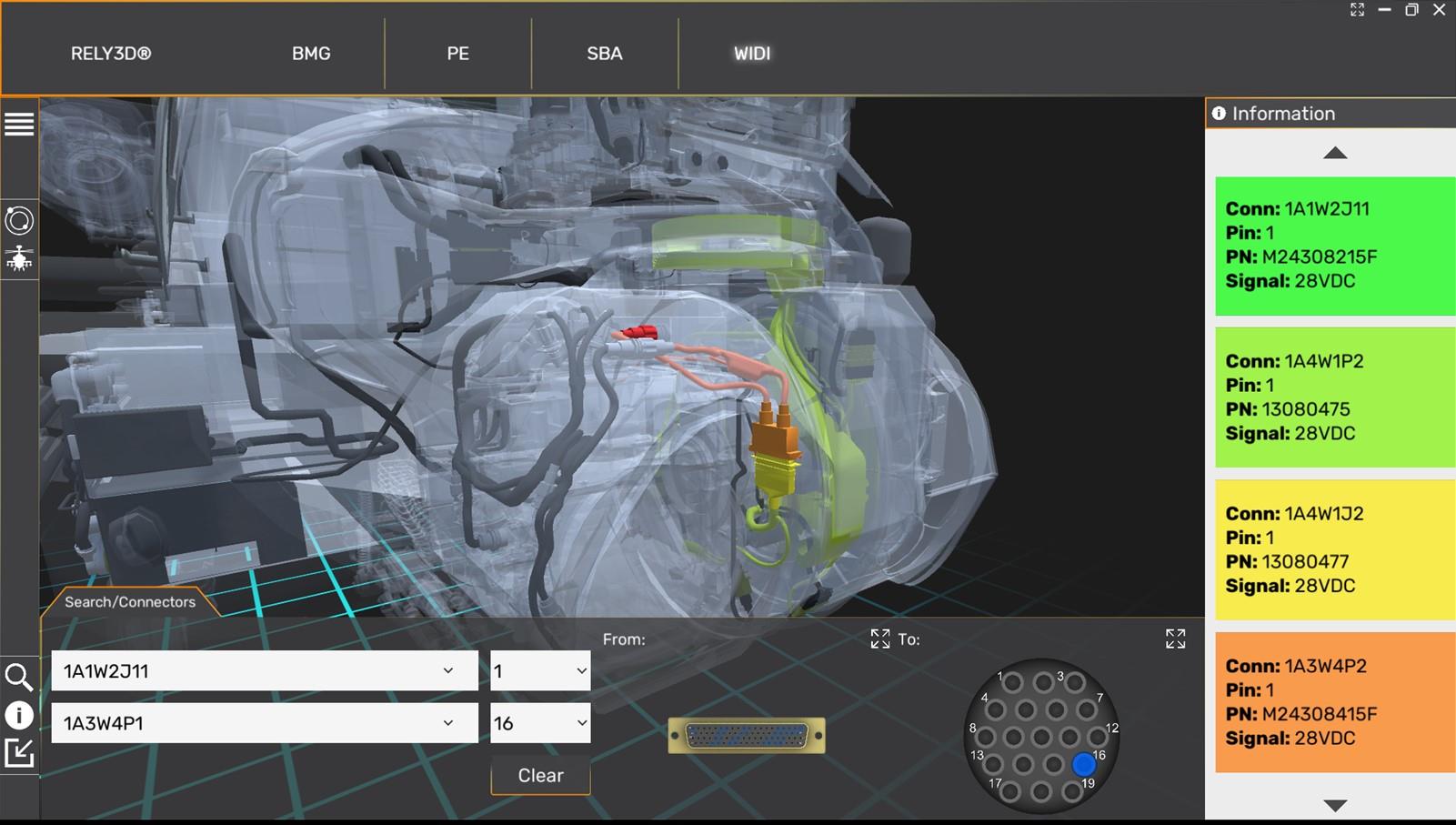 PIRA: ORL201903013
PIRA: ORL201903013
Built-In-Test (BIT) Matrix Generator provides interactive fault message inputs with matching LRM, fault isolation procedure (FIP) and wire code (WC):
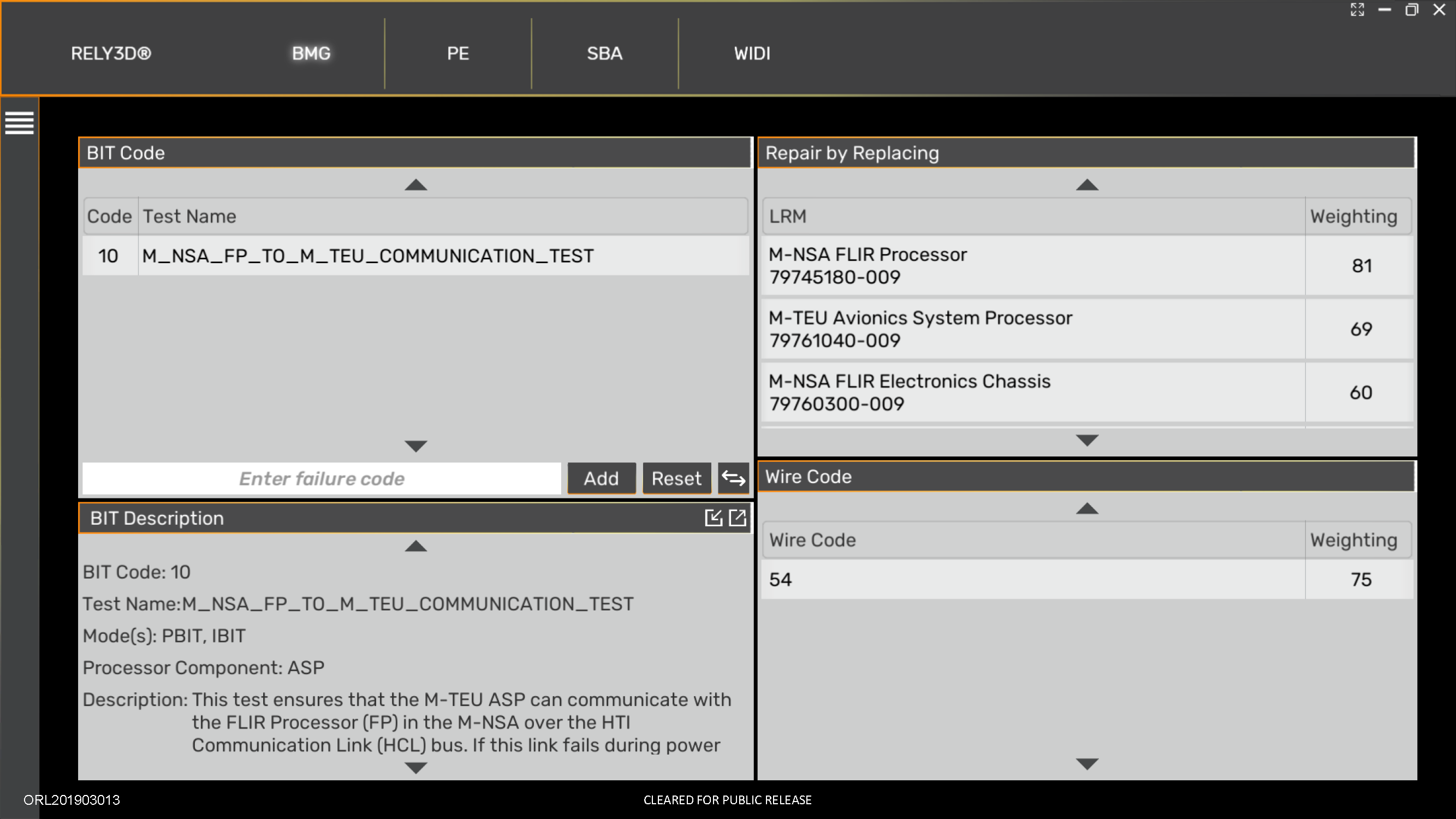 PIRA: ORL201903013
PIRA: ORL201903013




